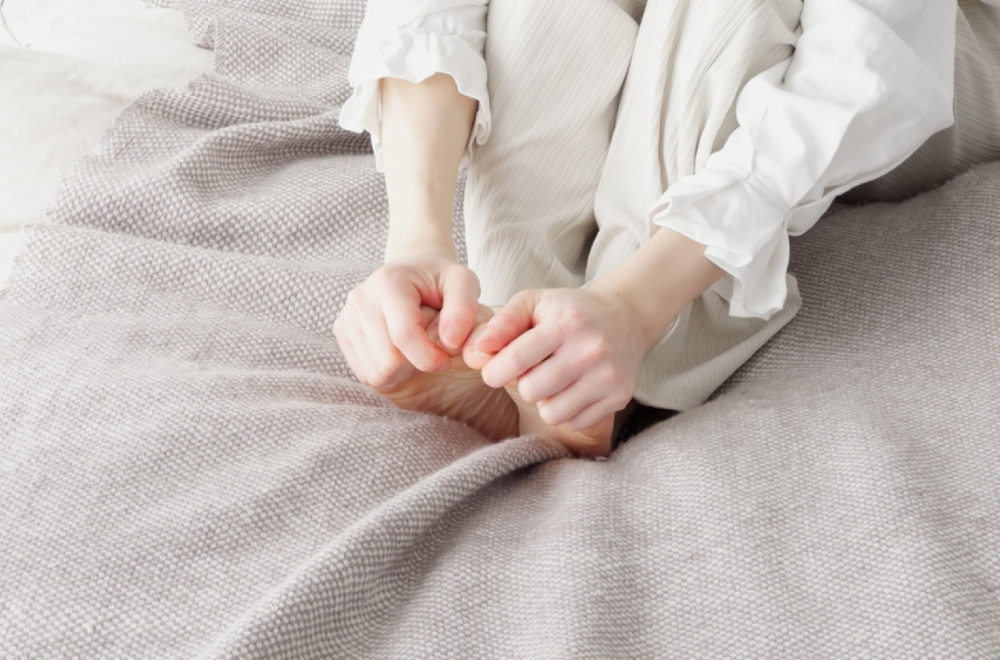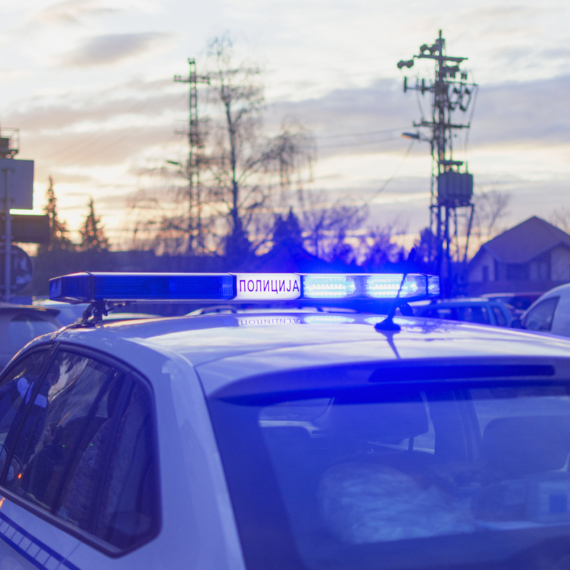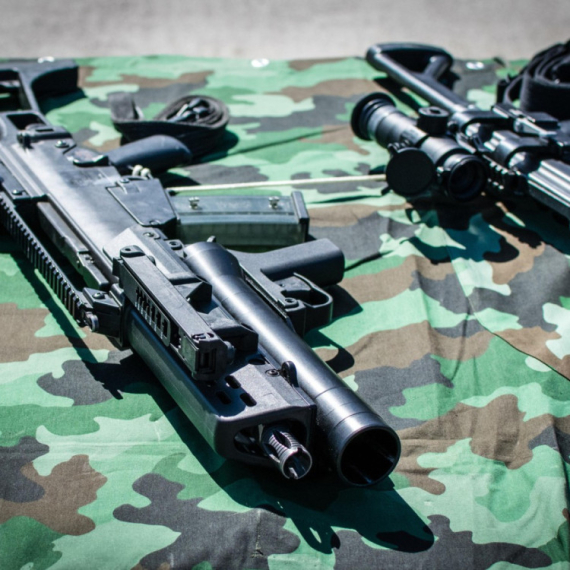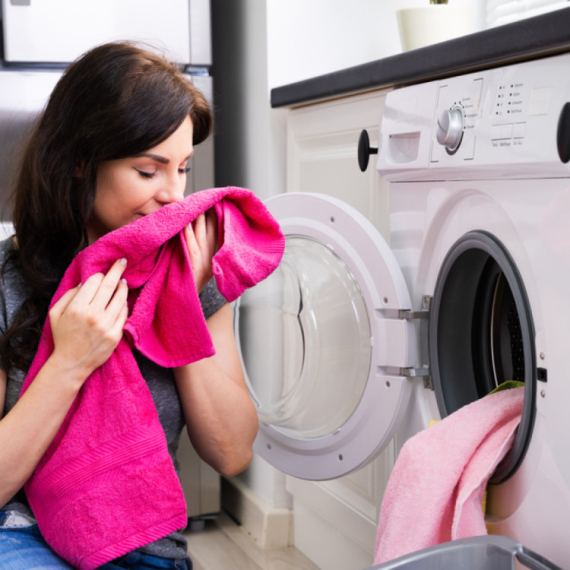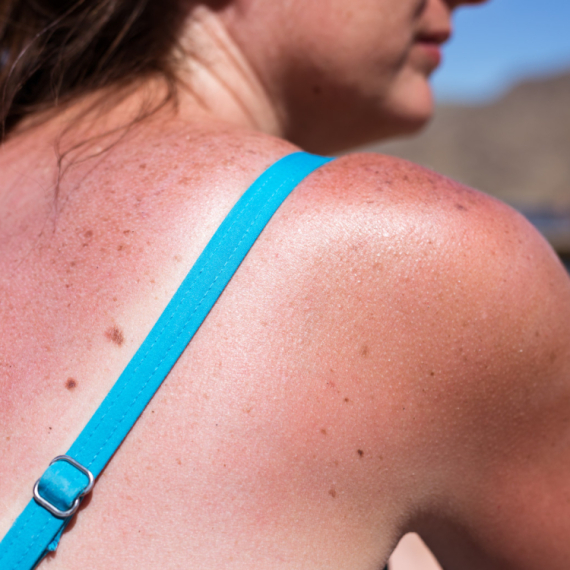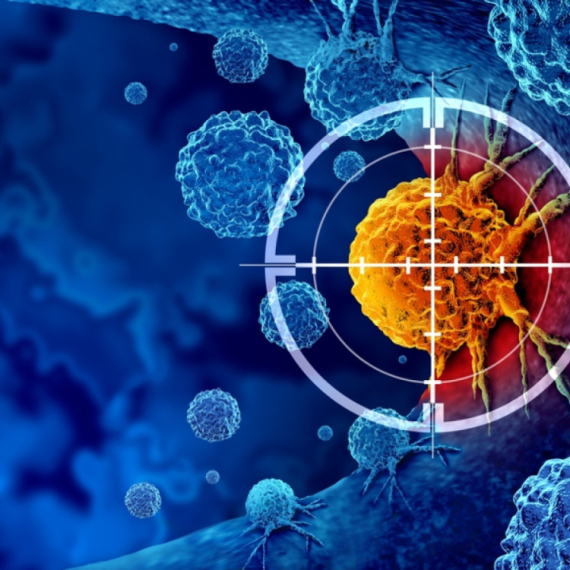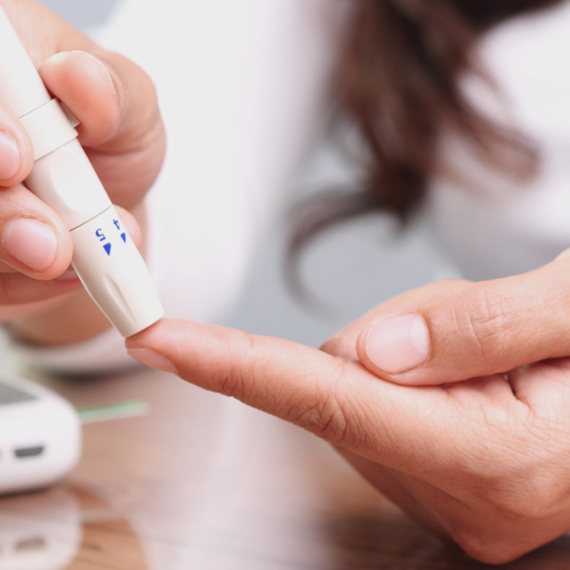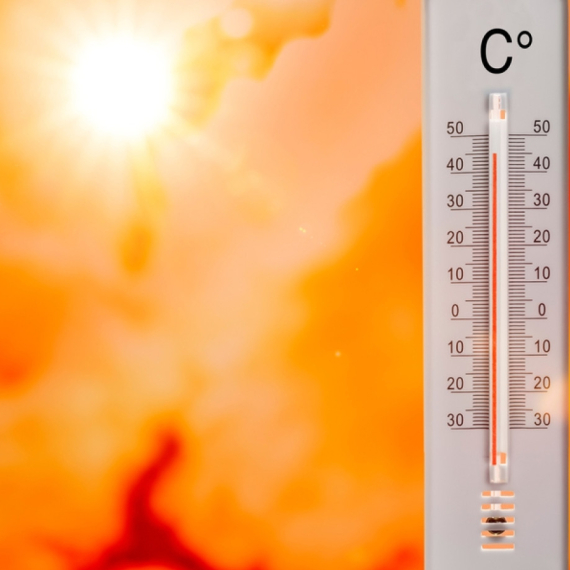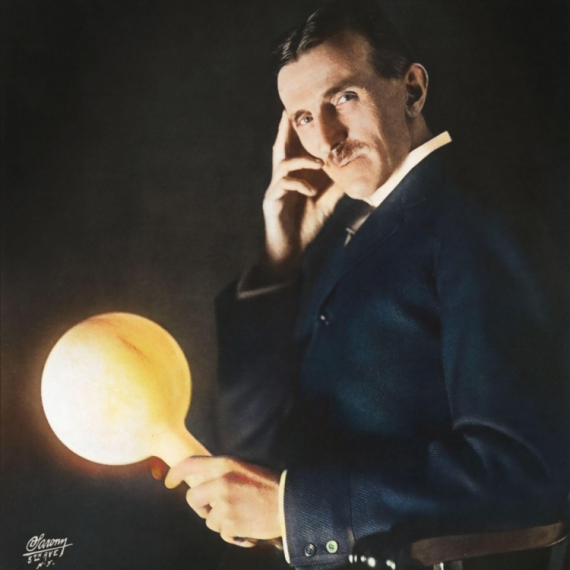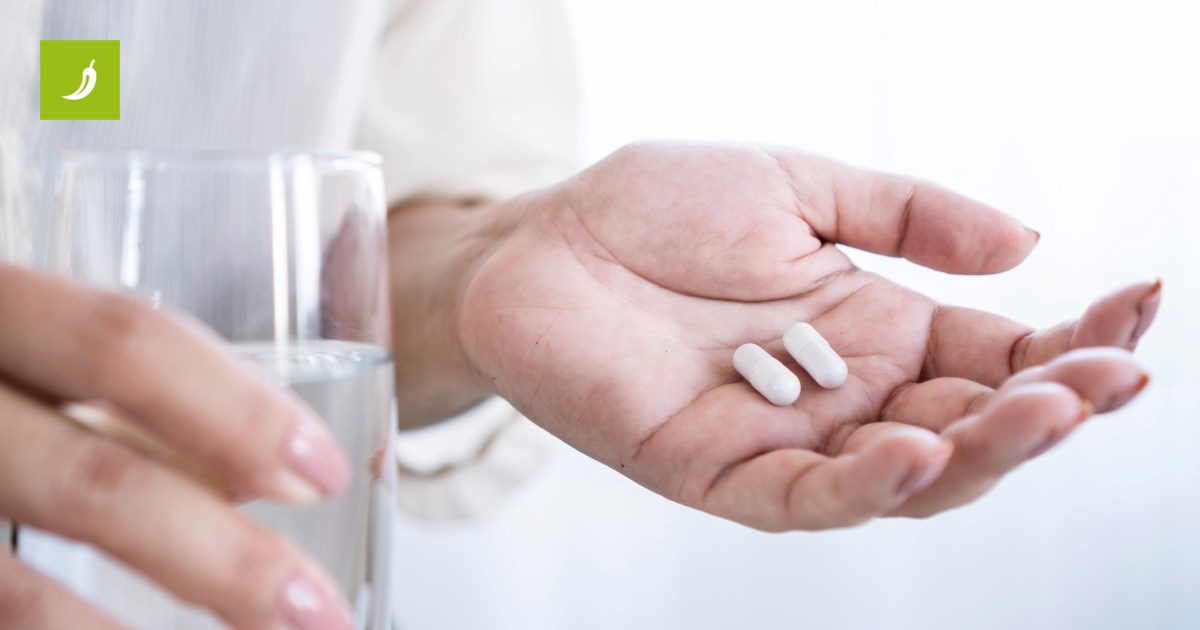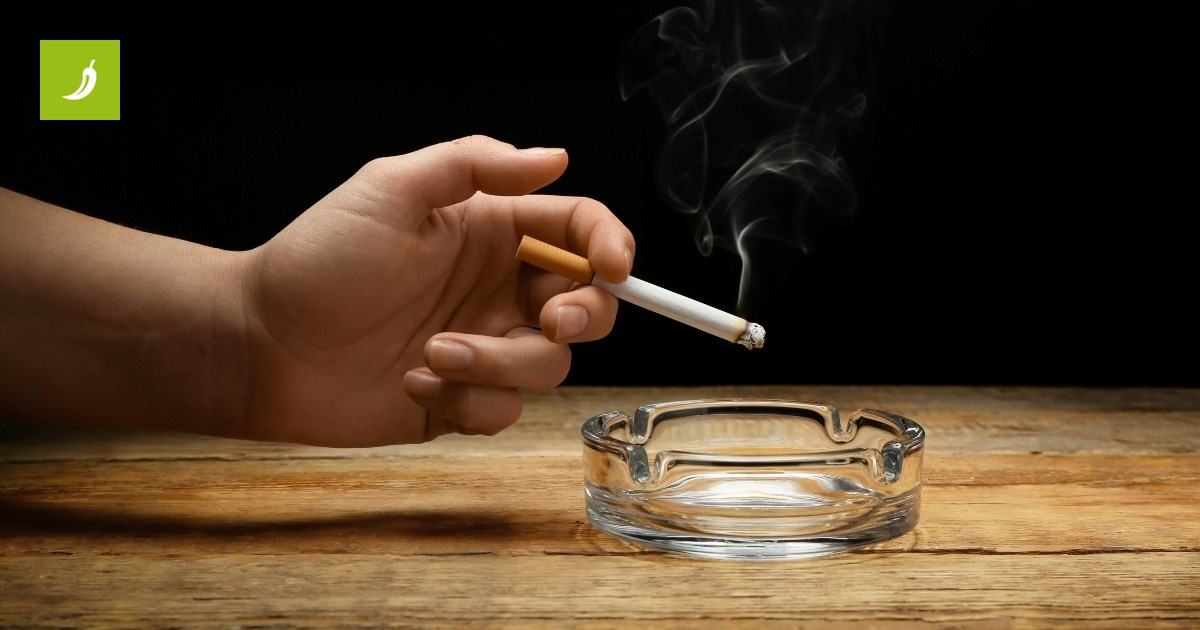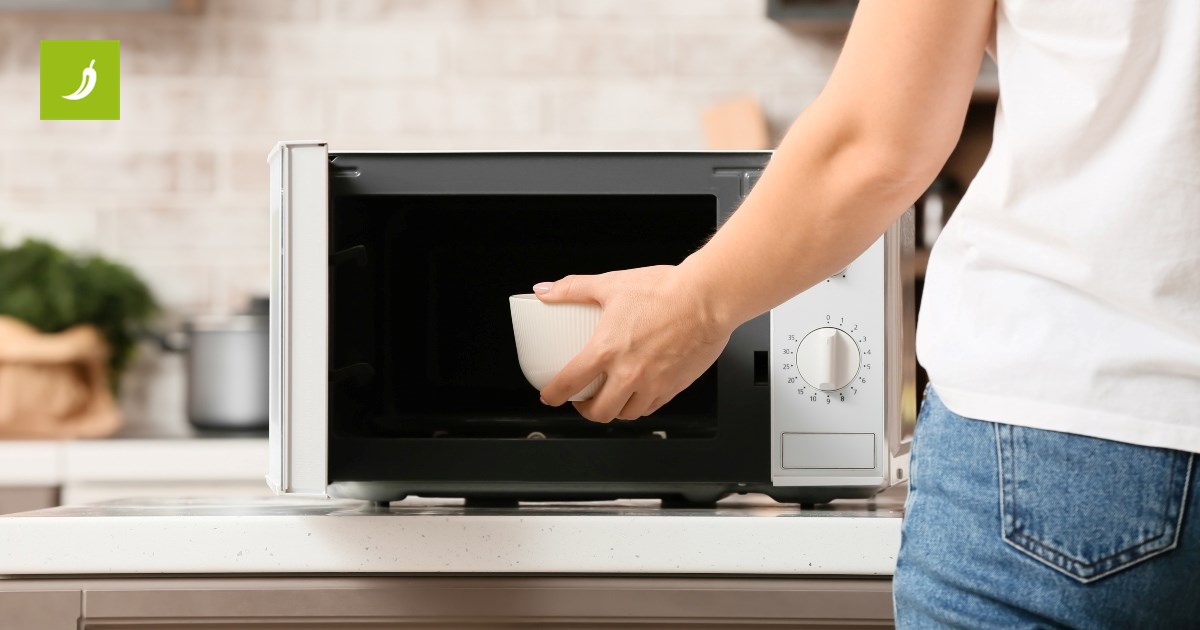Poor Circulation: The Silent Killer in Your Veins or Just an Excuse for Laziness?
Have you ever felt cold hands and feet, numbness, or persistent pain? Maybe it’s time to take the warning your body is sending seriously – poor circulation is not just a harmless issue, but a sign of serious health problems lurking in your veins!
What is poor circulation and why is it dangerous?
Poor circulation means blood cannot flow freely through your blood vessels. When blood fails to deliver enough oxygen and nutrients to cells, tissues and organs start to suffer. The consequences? From unpleasant symptoms like numbness and pain to permanent tissue and vital organ damage.
Who are the main culprits?
The causes are numerous and varied: obesity, diabetes, varicose veins, blood clots, and even serious heart and vascular diseases like peripheral artery disease (PAD). PAD is particularly dangerous as it narrows arteries and reduces blood flow to the legs, which can cause pain, nerve damage, and even amputations.
Blood clots – the silent killers
Blood clots can partially or completely block blood flow. Deep vein thrombosis (DVT) is especially dangerous because a clot can travel to the lungs and cause a pulmonary embolism, which can be fatal. The risk increases if you sit for long periods or are immobile.
Varicose veins – just an aesthetic problem?
Varicose veins are not just unsightly; they can seriously impair circulation. They make it harder for blood to be transported efficiently and can lead to clot formation. Risk factors include diabetes and obesity.
Diabetes and obesity – the allied enemies of your circulation
Diabetes damages nerves and blood vessels, further worsening circulation. Obesity increases pressure on blood vessels and raises the risk of heart disease and PAD.
Raynaud’s disease – cold fingers, but not without reason
If you often have cold hands and feet, you might have Raynaud’s disease, a condition that narrows small arteries in the fingers, causing pain and numbness, especially in cold or stress.
How to recognize symptoms?
Symptoms of poor circulation include cold extremities, numbness, pain, swelling, skin color changes, and even slow-healing wounds. If you notice these signs, it’s time for an urgent check-up with a doctor.
Treatment and prevention
Treatment depends on the cause but includes lifestyle changes, medications, and sometimes surgery. Natural methods like regular exercise, healthy diet, and quitting smoking are key. Supplements are often advertised but their effectiveness is not always proven, so consult your doctor before use.
Conclusion
Poor circulation is not just a problem of cold hands and feet – it’s an alarm you must not ignore! Your body is sending signals that something is wrong, and the consequences can be deadly. So don’t wait for pain to force you into action – get moving, take care of your health, and don’t let your veins run your life!
So, have you had experience with poor circulation? Or do you know someone who ignored the symptoms? Share your stories, maybe your experience will save a life! Or tell us – is poor circulation just an excuse for laziness? 😉





